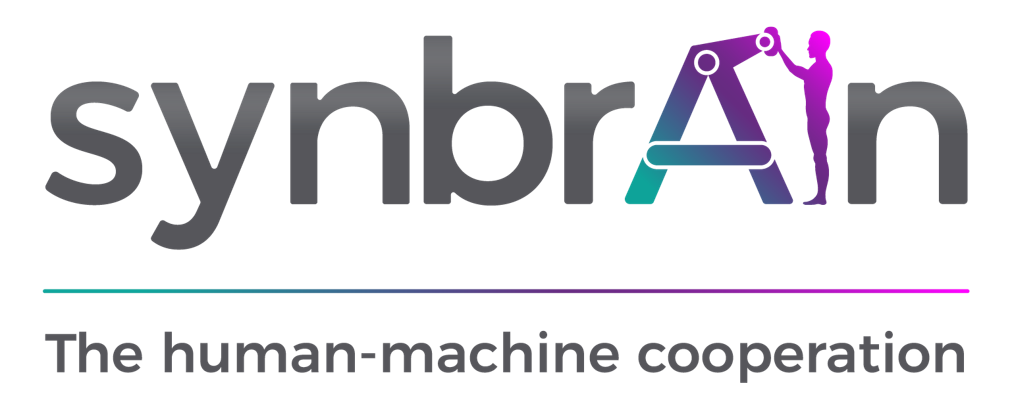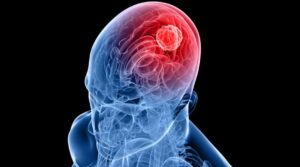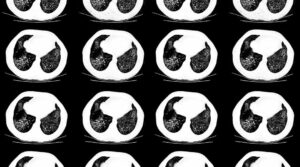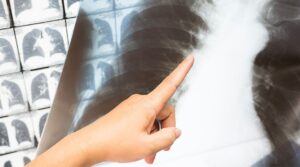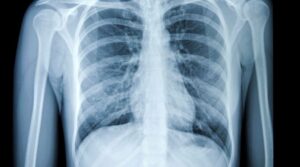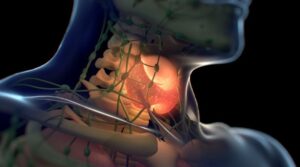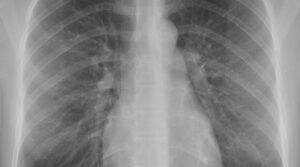A Two-Stage Atrous Convolution Neural Network for Brain Tumor Segmentation and Survival Prediction
Glioma is a type of heterogeneous tumor originating in the brain, characterized by the coexistence of multiple subregions with different phenotypic characteristics, which further determine heterogeneous profiles, likely to respond variably to treatment. Identifying spatial variations of gliomas is necessary for targeted therapy.
